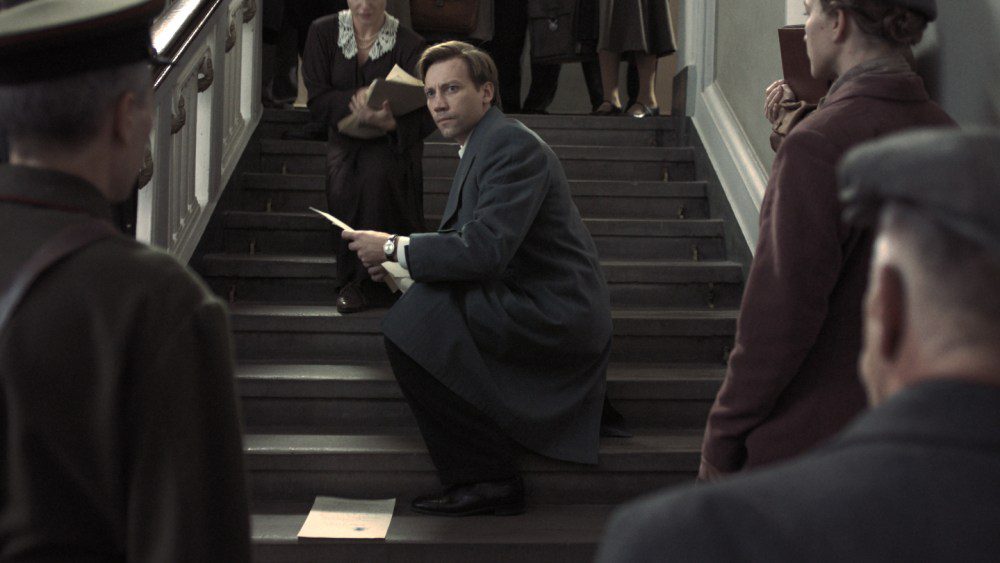Exploring Sergei Roznica’s ‘Two Prosecutors’
Sergei Roznica’s film, Two Prosecutors, opens with a strikingly somber image—a large, battered metal gate symbolizing the harsh environment of a Soviet prison in 1937. This gate, which initially appears as a barrier, sets the tone for a narrative steeped in the ominous atmosphere of Stalin’s regime, aptly underlined by the film’s title, The Highness of Stalin’s Fear.
Intricate Cinematography and Design
The massive steel gate signifies entry into a world of despair, yet the cinematography by Oleg Mutu captures this bleakness with an artistic precision. Elements like the meticulously crafted production design from Julizigrigorovich and Ardis Meinart contribute to an immersive experience, transforming the prison’s courtyard into a visual representation of oppression.
Life Behind Bars
Within this oppressive setting, a group of emaciated inmates engages in menial labor under the watchful eye of the state’s representatives. The narrative centers on an elderly prisoner, unjustly incarcerated for discarding a petition aimed at Stalin. His plight is depicted through a striking composition, reminiscent of classical art, evoking themes of suffering and resistance.
A Moment of Rebellion
Despite warnings to destroy all dissenting messages, the old man preserves a single note, a bold act motivated by the note’s ominous tone, written in blood. This decision triggers a series of unforeseen events, eventually leading to the appearance of Prosecutor Korniev, portrayed by Aleksandr Kuznetsov. Korniev, though seemingly competent and astute, finds himself grappling with the realities of a system that values conformity over justice.
The Burden of Bureaucracy
Korniev’s journey through the prison system highlights the intricate layers of bureaucracy. His frustration becomes palpable during his attempts to interrogate a fellow inmate, Stepniak, who recounts tales of mistreatment at the hands of the NKVD. This interaction occurs within a grand government building, underscoring the stark contrast between authority and individual suffering.
Historical Context and Narrative Structure
Adapted from Georgy Demidov’s 1969 work, published posthumously in 2009, Two Prosecutors unfolds without relying on suspenseful plot twists. Instead, it presents a somber reflection on the familiar intersection of culture and ignorance, evoking a sense of tragic inevitability for its central characters.
Realism Over Surprise
The film’s strength lies not in unexpected revelations but in its exploration of slow disillusionment, particularly through Korniev’s character arc. The details become the focal point, as the film captures the stark and often grim realities of prison life in a manner that resonates with audiences, drawing parallels to the existential themes in the works of Camus, Kafka, and Orwell.
Roznica’s Artistic Evolution
While Roznica has previously ventured into surrealism and dark humor in films like A Gentle Creature and Donbass, Two Prosecutors takes a more straightforward and potent approach. This dedication to realism amplifies its impact, offering poignant reflections on the human condition and societal structures, thus ensuring its relevance resonates with contemporary viewers.
Conclusion
In summary, Two Prosecutors serves as a profound commentary on the era of Stalin, reflecting on themes of power, resistance, and the human spirit under duress. Roznica’s masterful direction and the film’s haunting imagery make it a significant cinematic endeavor worthy of critical attention.


